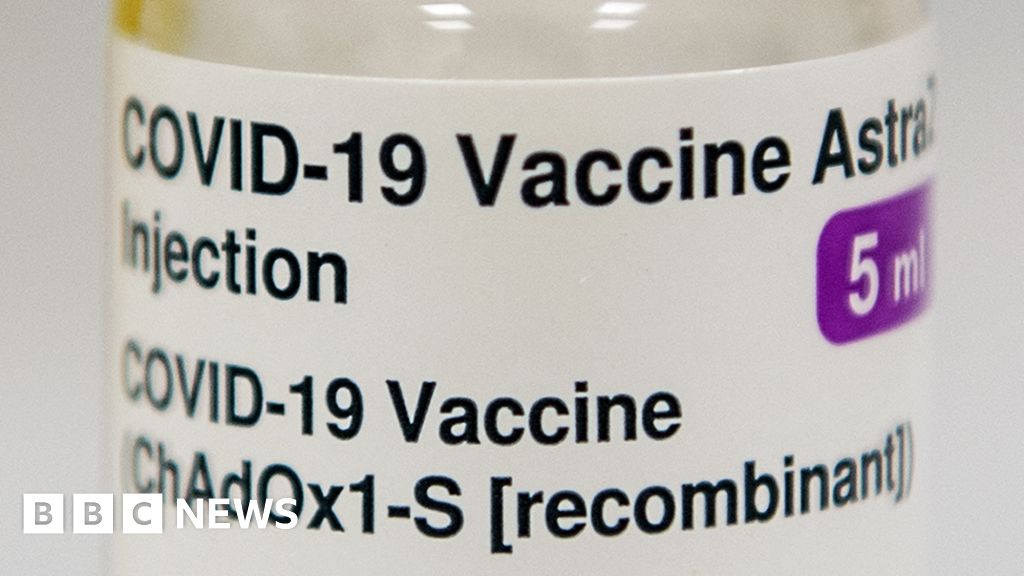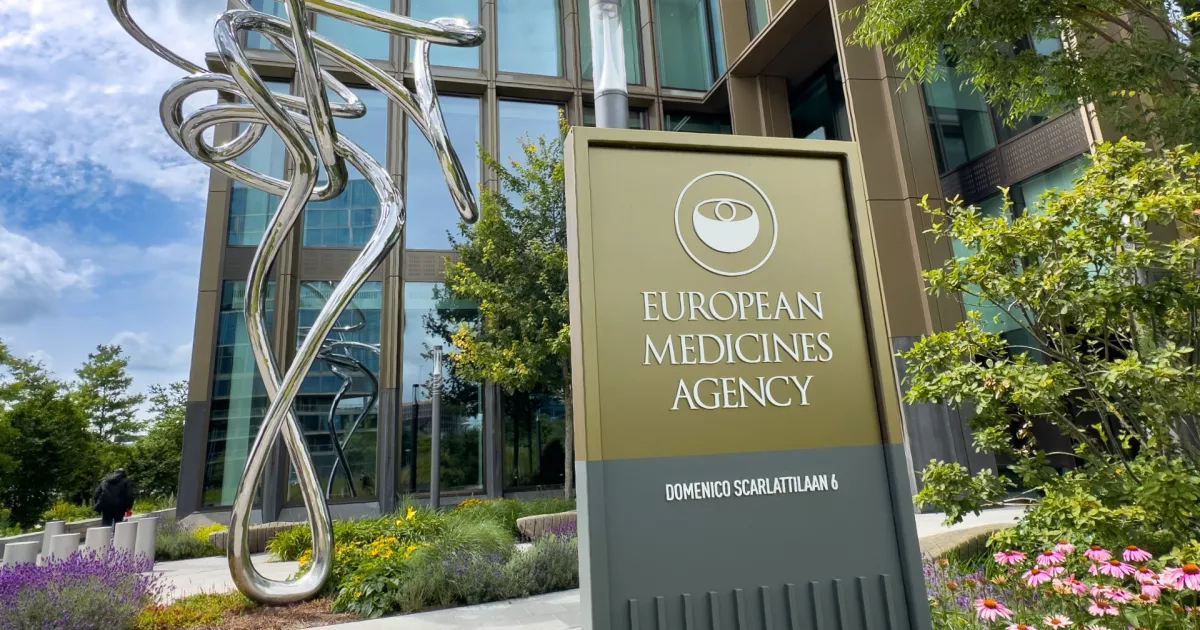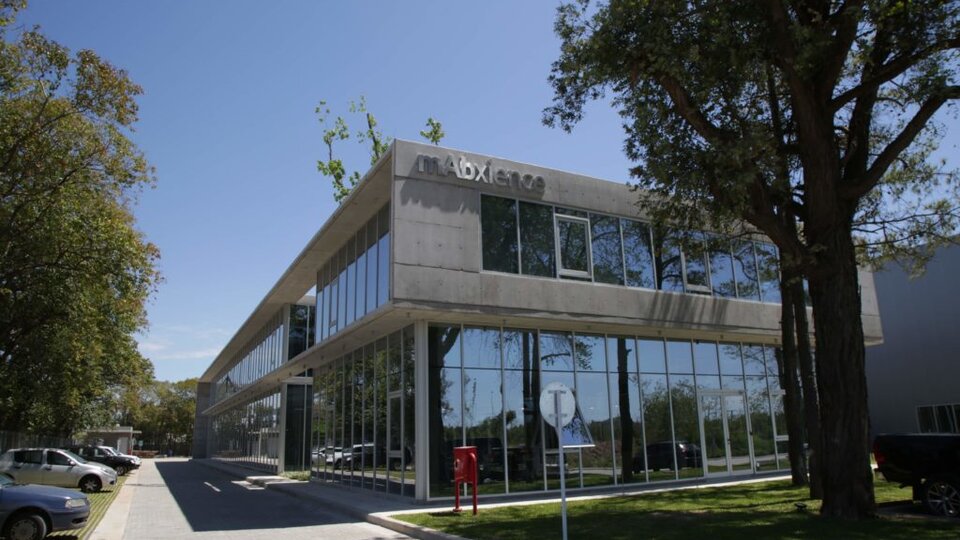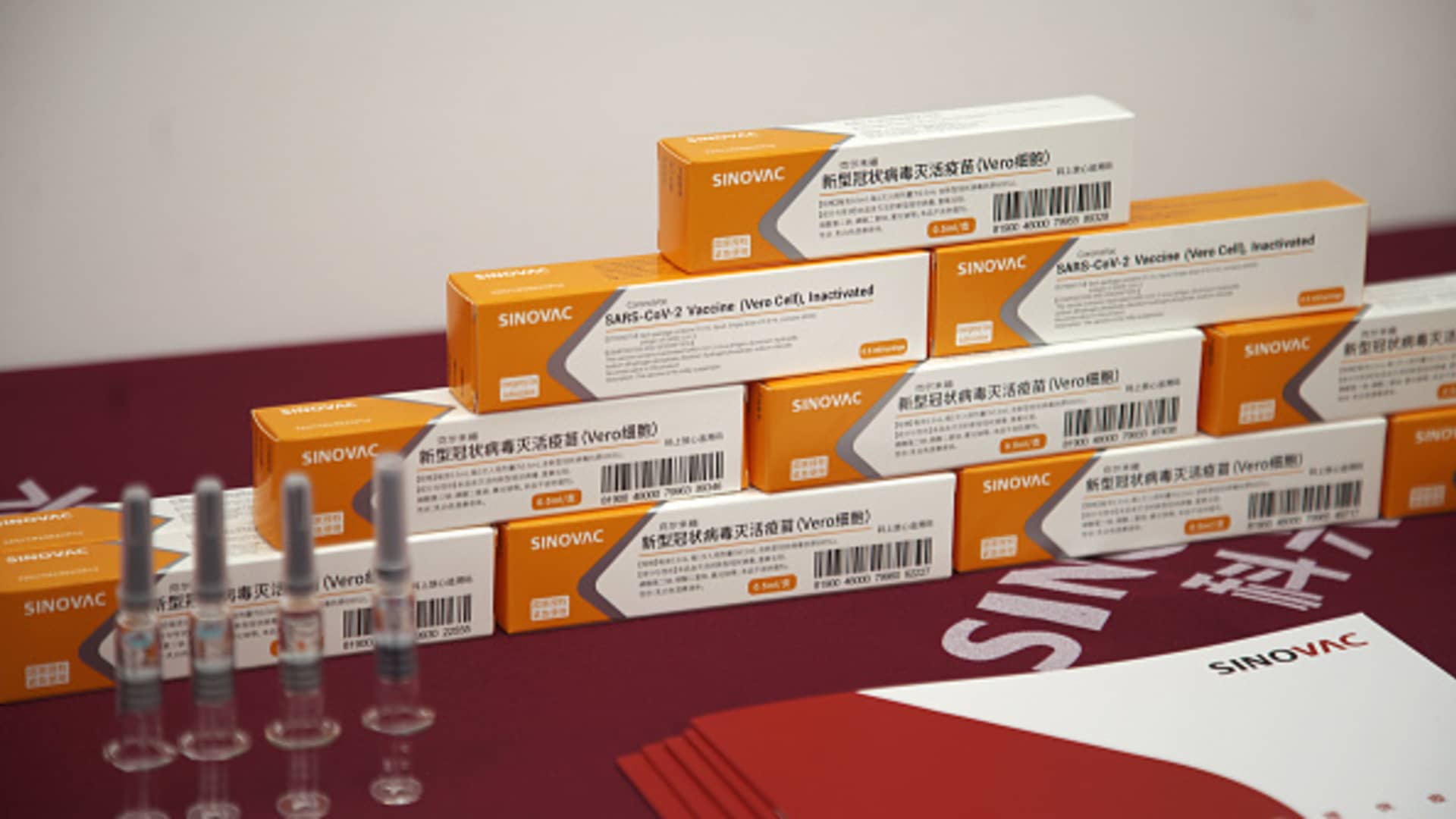gracielle
Registered
- Joined
- Jun 6, 2005
- Messages
- 3,754
- Likes
- 3,100

Revés para Brasil: India postergó el envío de dos millones de vacunas de AstraZeneca contra el coronavirus
El avión estaba preparado para partir este viernes, pero las autoridades del país asiático avisaron que todavía "es muy temprano" para abastecer a otras naciones.
Setback for Brazil: India postponed shipment of 2 million AstraZeneca coronavirus vaccines
The plane was ready to leave this Friday, but the authorities of the Asian country warned that "it is still too early" to supply other nations....
The order for the vaccines had been made by Brazilian President Jair Bolsonaro himself to Prime Minister Narendra Modi. Before the announcement of the Indian government, sources from the Ministry of Health told CNN Brazil that the departure of the plane to Mumbai to transport the immunizers was postponed.
The Brazilian Health Minister, Eduardo Pazuello, had announced that the AstraZeneca vaccines, together with the Chinese Coronavac, will be part of the first phase of immunization that can begin on January 20....






